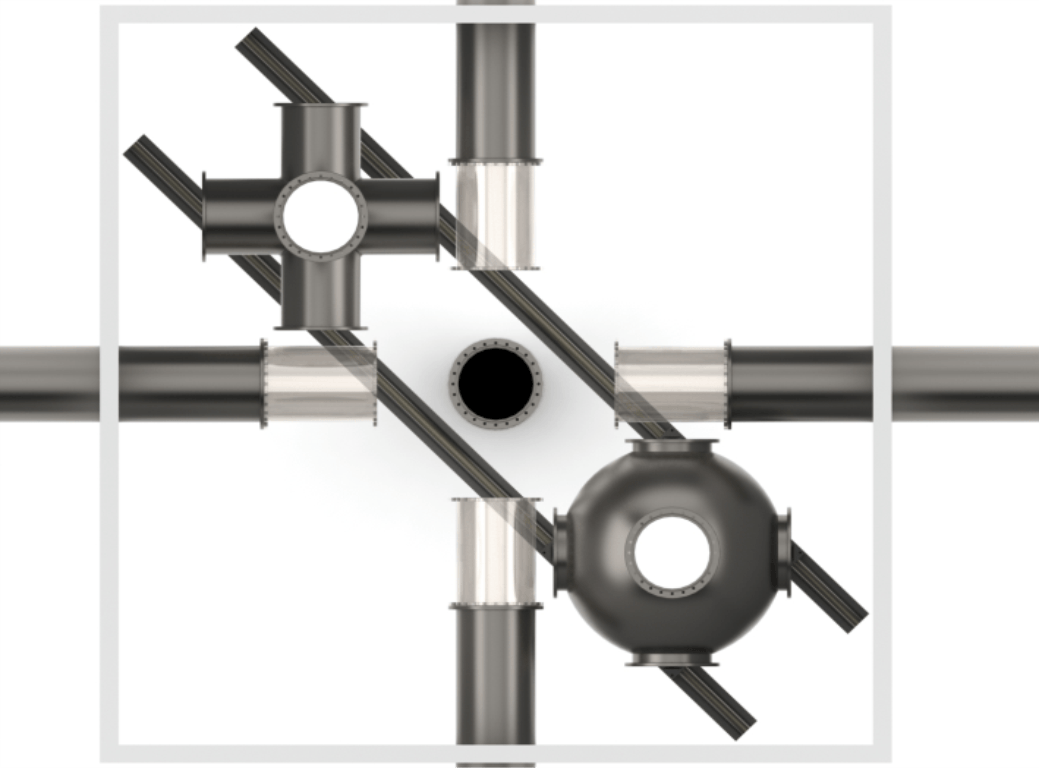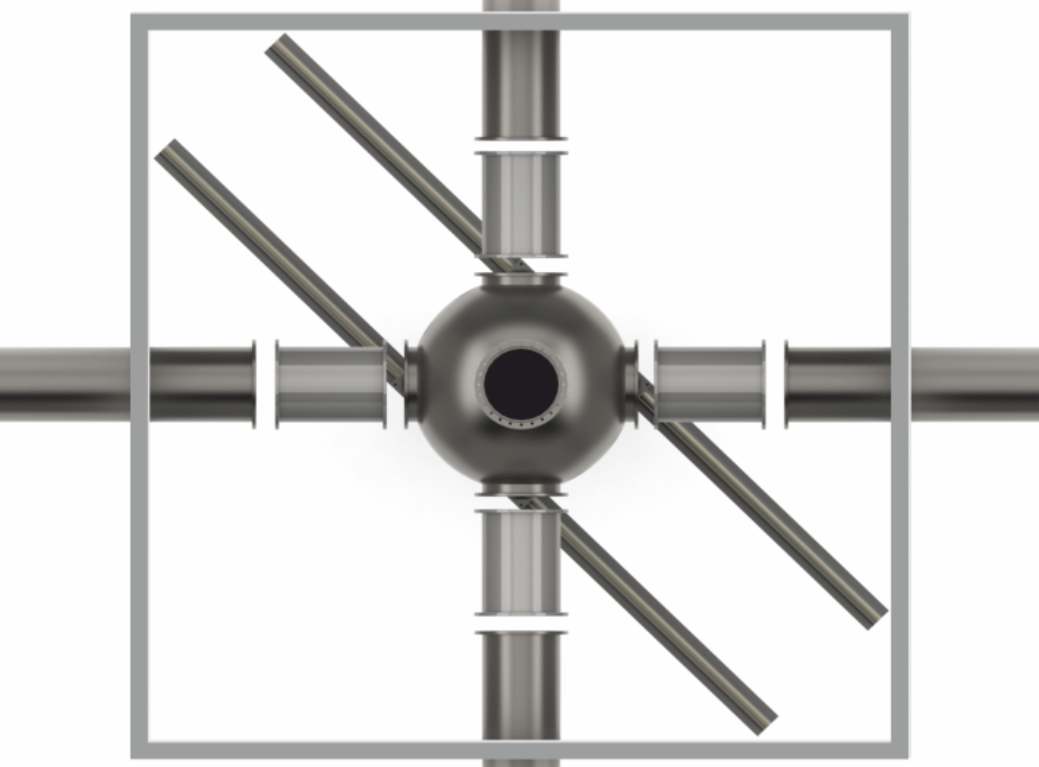Scientific theories are based on basic assumptions, unlike in physics or chemistry. In the philosophy of science, empiricism as the experience that either leads to a hypothesis or debunks it, is contrasted with evidence, thus the direct insight of a scientific assertion. Science based on basic assumptions can pose danger - theoretical theories, the evil of many scientific claims.
The VRC Center will not only provide new physical knowledge through series of practical tests,- it will also deliver groundbreaking results for the benefit of the environment.
The Big Bang Theory or Parallel Universes, three dimensions, four dimensions, or even eleven dimensions. Are there 4 elements, or 20 elements? If dark matter is a postulated form of matter, the universe expands; what is right - what is wrong? Scientists, namely physicists, have been trying to elicit secrets from nature with the most modern technologies for the past 60 years.
We must bear in mind that all concepts are based on theories. To date, none of the knowledge gained in the last 60 years has been confirmed. They are assumptions derived from the ideas of individual scientists. The knowledge that mankind possesses today proportionally corresponds to one drop of the total amount of water present on our earth.
Research should be based on practical experience. In a generated vacuum, the vacuum alone determines the temperature of a liquid. At a pressure of 6.1 mbar, the temperature is 0°C.
A study has clearly shown that if this VRC Centre is made available to a university, the numbers of students in that university can be increased significantly.
Blue Building Vacuum Research Centre (VRC)
In order to answer a question about the temperature of the universe, we must first know what temperature means. For simple gases, the temperature indicates the movement of the gas molecules: As the temperature rises, the molecules move faster. If we now look at the universe as an absolute vacuum, then it has no temperature at all. Because there are no particles that move in an absolute vacuum; consequently the temperature is no longer defined there.
Moreover, what about matter? Through a laboratory test, it could be proven that matter can also be cooled in a vacuum.
Many factors play a crucial role in a vacuum, but they have yet to be researched. Vacuum is an important concept for the preservation of our environment, remarkably saving up to 40% energy using modern technologies. A vacuum test facility should be built, that not only will arouse the interest of all students worldwide, but will provide a landmark for the country in which it is constructed.
The vacuum system inside the Blue Building Vacuum Research Centre will be able to operate in temperatures ranging from -160°C to 400°C to simulate the behaviour of materials and substances in space.
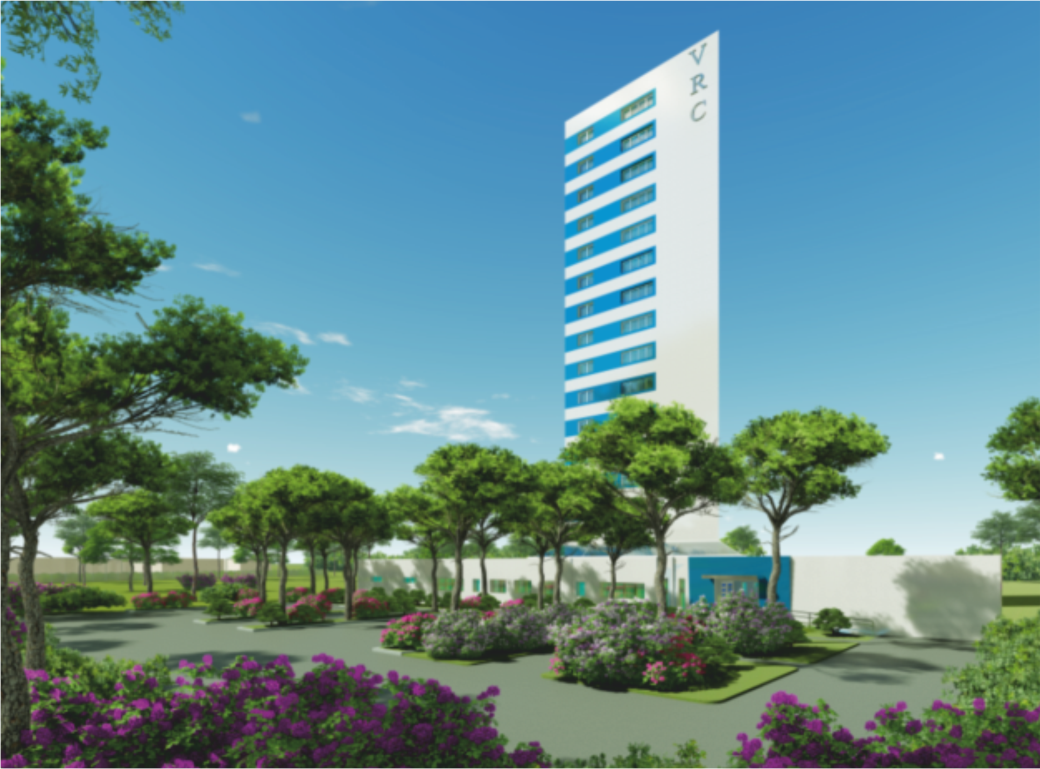
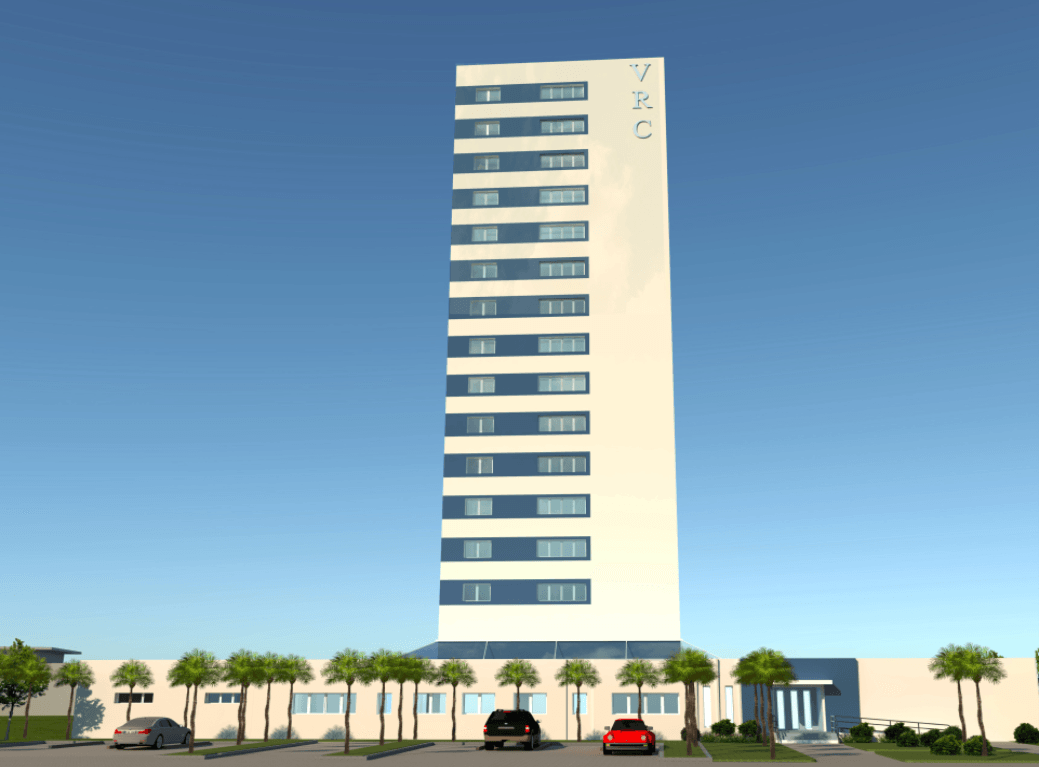
In our universe, temperatures range from -276°C to an unknown temperature (assumable more than 400°C) inside an ultra-high vacuum.
The implemented instruments will be able to accurately determine temperatures, linear expansion and deformations of a test-object inside the simulation chamber. This means: inside the simulation chamber, which is made of stainless steel and copper encasement with cooling plates, vacuum pumps, control panels and several laser- and camera-based instruments, the test-object can move freely without destroying anything.
Test series in the vacuum system can be conducted horizontally as well as vertically. The functionality of the vacuum pipe system is fairly simple: All falling objects are automatically nearly weightless – just like the experiment that has been placed inside the drop capsule.
Horizontally, different materials can be shot by so-called vacuum canons. Experiments can additionally be conducted in magnetic fields, gravitational fields up to known antigravity.

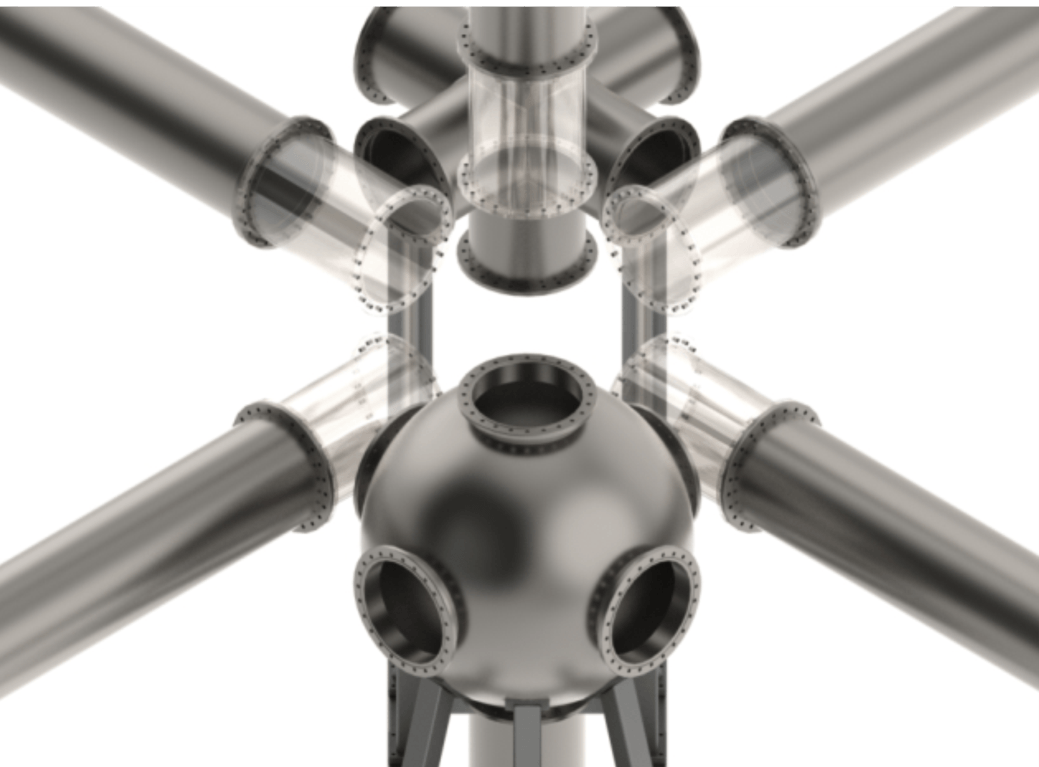
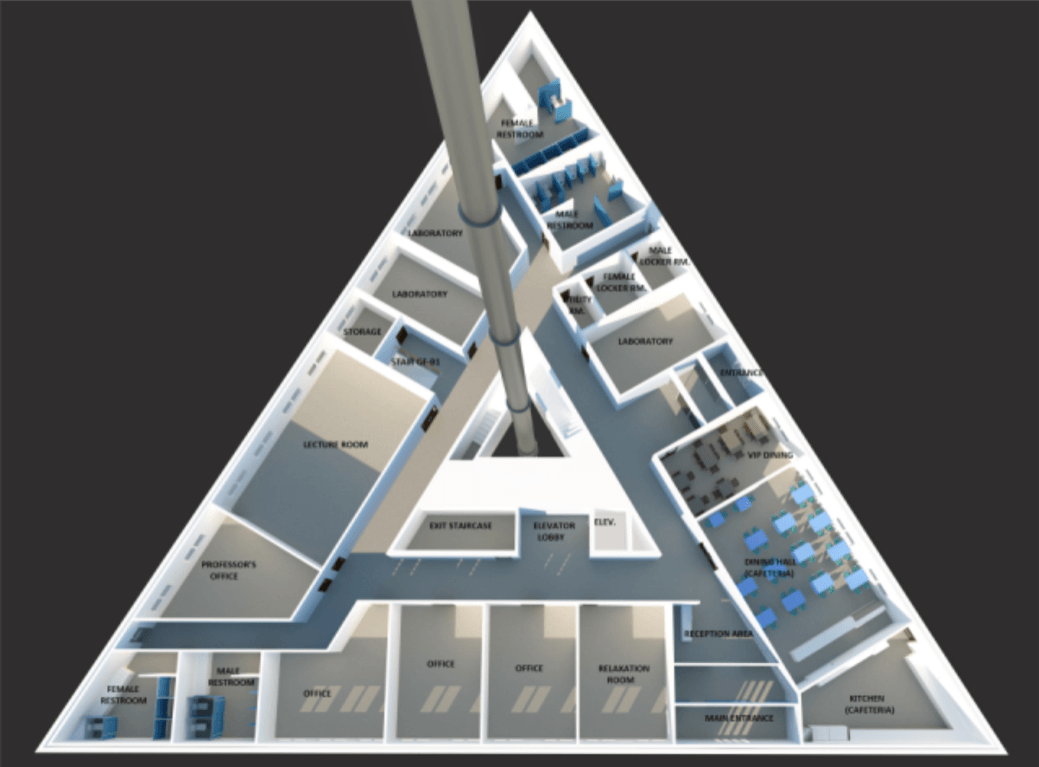
In the compensated gravity environment of an orbiting spacecraft or a free falling capsule, surface tension (or interfacial tension) effects play an important role. Under terrestrial gravity conditions, these effects are often concealed by the influence of the hydrostatic pressure.
Under microgravity conditions, surface tension forces may become dominant. Microgravity conditions are mostly found in orbiting space vehicles, but may also be achieved in our VRC on earth, parabolic trajectories flying aircrafts, and sounding rockets.
For isothermal problems the cohesion forces within the fluid together with the adhesion forces between the fluid and a solid boundary result in a capillary force, leading to capillary rise of the liquid in slits, gaps and capillary vanes, and macroscopic reorientation in large fluid vessels. In surface tension tanks for satellites, these effects are used for fuel transport and positioning.
The research activities either belong to the field of basic research on fluid physics, carried out on ground in the lab as well as under compensated gravity in the VRC or on sounding rocket flights, or application oriented research on processes taking place under microgravity conditions on satellites, space shuttles, upper stages, or space stations.
The dynamics of fluid flows plays a key role in numerous natural phenomena, and determine the efficiency of many processes in engineering. In general, fluids can flow in a smooth and orderly manner, such as blood does in small capillaries or fluctuate erratically as seen in the swirls behind an airplane wing. Hence making quantitative predictions of fluid flows is of crucial relevance in engineering practice.
For the students, the Blue Building VRC would enable the fields of study related to fluid dynamics, space science and space technologies supported by academic advisors while getting an inside into the vacuum system and microgravity experiments conducted there.
Special study programs proposed:
The experimental gravitation and quantum optics
This program focuses on vacuum system experiments with ultra-cold atoms (QUANTUS, PRIMUS) where the physics of these quantum systems in extended free fall are being studied. These free fall experiments provide a promising approach towards tests of gravity theory and quantum physics in a new parameter regime. Such quantum systems and future fundamental physics tests in a microgravity environment will also be modelled. As a spin-off to experiments with cold atoms, the application of metrology instruments such as optical cavities or a frequency comb, applied as highly stable frequency references will be investigated.
Gravitational Theory
This research is focused on analytical calculations of orbits of particles and light in general relativistic space times. Problems in astronomy as well as relativistic effects on the motion and tracking of satellites and the rate of clocks will be investigated. Fundamental problems in electrodynamics (including nonlinear and higher-order electrodynamics) and alternative theories of gravity such as Finsler geometry will be studied. The fundamental and mathematical aspects of gravitation and electrodynamics will be linked to the study of Gravitation and Quantum Theory.
Micro Satellite Systems and Modelling Methods
The micro satellites and modelling methods group develops innovative micro satellite hardware as well as new numerical modelling methods within the scope of orbit propagation, satellite mission analysis and satellite system evaluation.
The first research focus aims at the utilization of micro satellites as a tool for technology demonstration and qualification, as a platform for small scientific payloads, and as a tool for the improvement of student education.
The second research pillar focuses on new high precision modelling methods for implementing a better analysis and prediction of orbit perturbations within the scope of orbit propagation. Furthermore, innovative modelling approaches for the assessment of mission and experiment performance will be developed.
